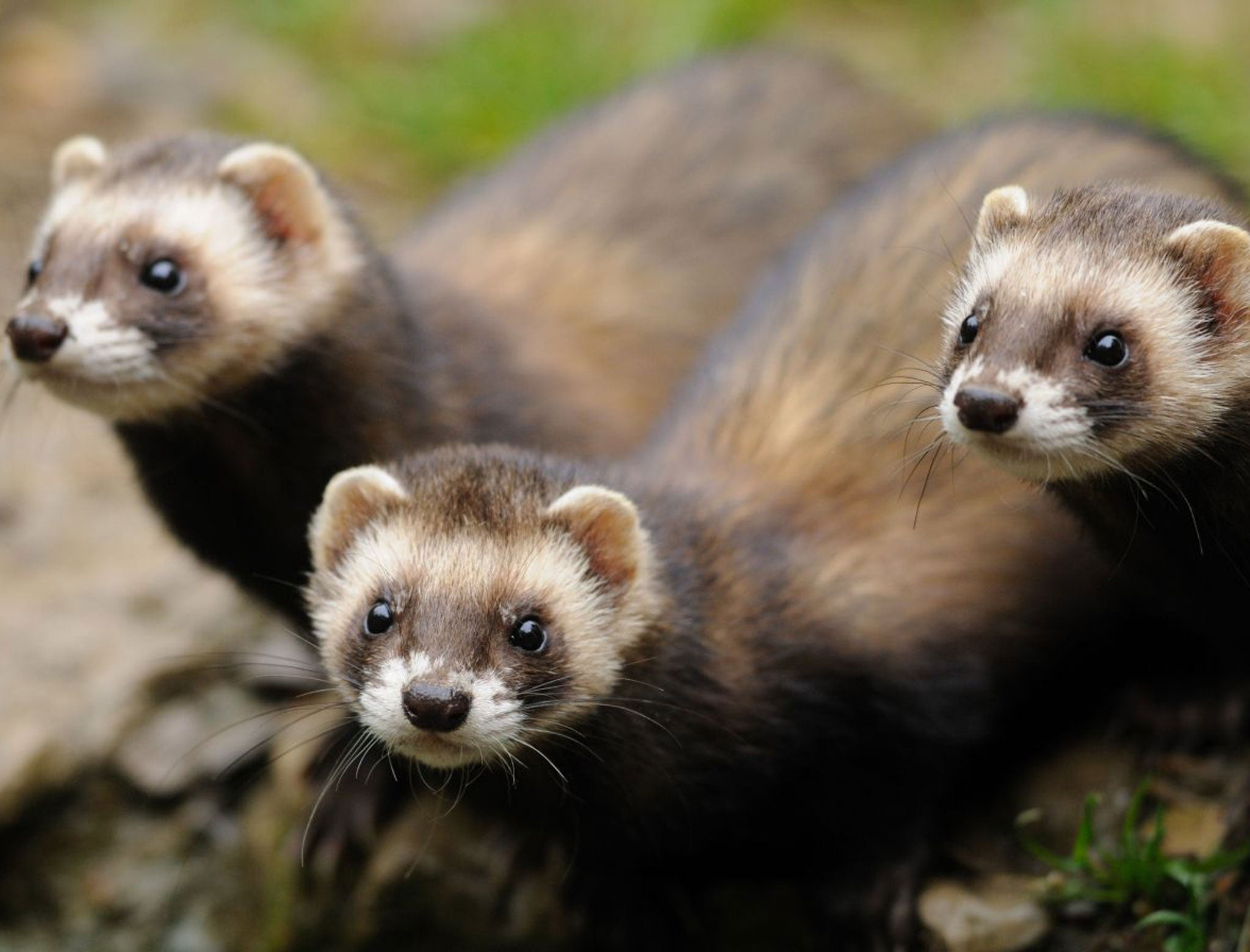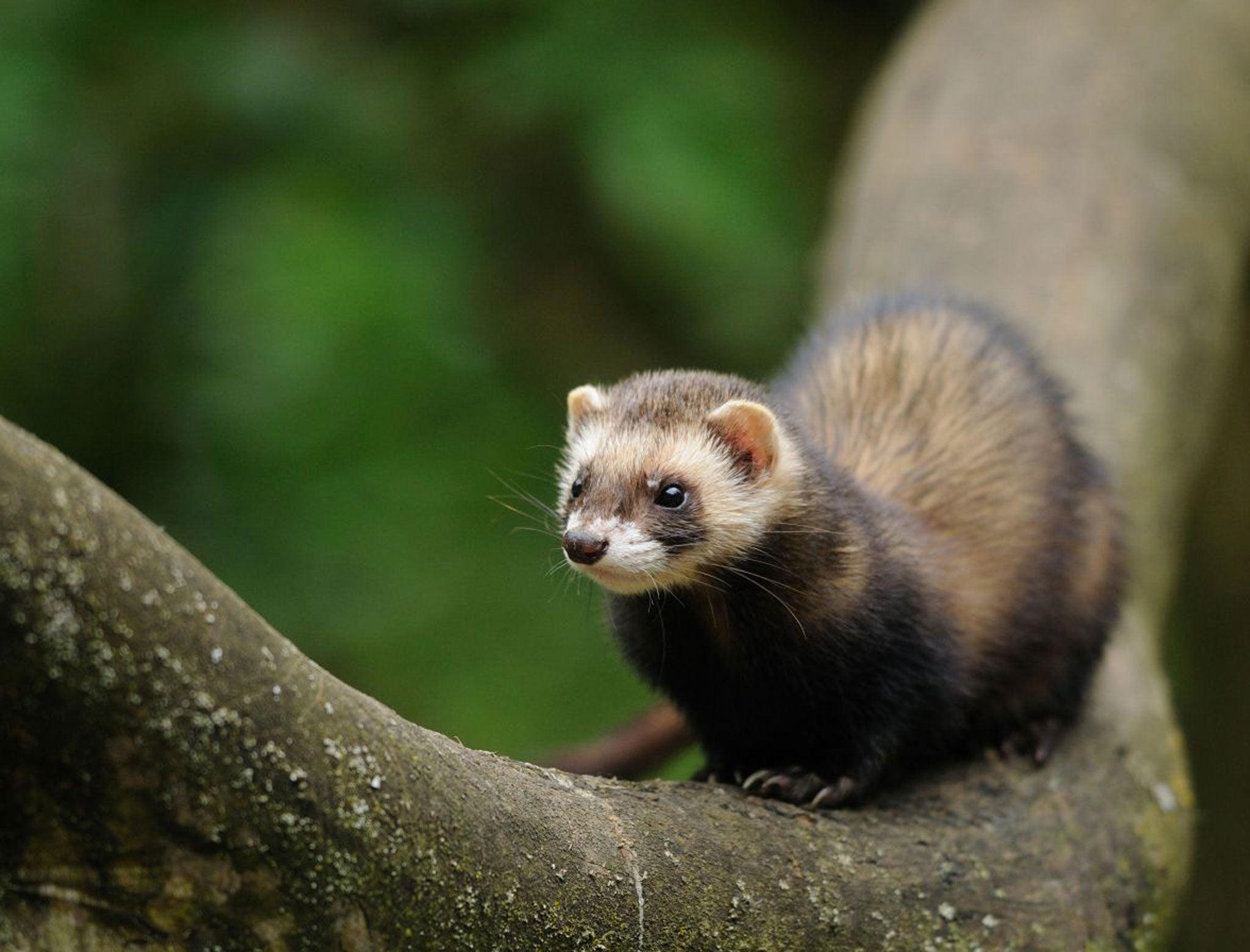Nature Studies: Pity the poor polecat, the embodiment of evil for no particular reason
Why not insults like: “You low-down, yellow-bellied, lily-livered pine marten!”

Using the names of animals as insults is very old, perhaps nearly as old as language itself. Sometimes the animal in question is perceived as obnoxious, harmful, gross or unclean; sometimes it’s merely the great physical contrast between the animal and the person being insulted which gives the affront its force. Whatever the case, we have long found certain creatures to be extremely useful symbols of human characteristics that we deem objectionable.
But which animals, and why them? Some have clearly come into use because they are the animals most familiar to us, “dog” being the most obvious, and perhaps the oldest of all, as a term of scorn. These days we might generally think of Fido as man’s best friend, but “dog” was long a common slur, as “b*tch” of course continues so unpleasantly to be. The Bible is full of references to dogs, all of them (as far as I can see) contemptuous, and even today many of us are familiar with the distasteful aphorism from the Old Testament’s Book of Proverbs: “As a dog returneth to his vomit, so a fool returneth to his folly” (Proverbs 26.11). The former Mayor of London, Ken Livingstone, quoted it in a political interview in 2009.
Other well-known animal names also spring immediately to mind for use as abuse, such as “rat”, “snake” and “pig”, the first indicating a treacherous or untrustworthy person, the second specifying someone even more subtly deceitful, and the last designating a person of gross or lamentable manners, broadened by the radicals of 1960s America to include the police. (The older porcine term “swine” now merely designates a person of whom one forcefully disapproves, like “b*stard”.)
But the names of less familiar animals are also used, and the reason is not always clear. Why was the term “shrew” long employed, most notably by Shakespeare, to designate a woman given to scolding? Why do we use the adjective “chicken” to mean cowardly, when the males of the domestic fowl were long known for their bravery in cock-fights? Why do we use the verb “to badger”, meaning to harass irritatingly? Has anyone ever observed a badger in the wild, irritatingly harassing anyone, or anything?
I am put in mind of this by the news that a new survey is to be undertaken of one of our least-known wild animals, the polecat. A relative of the stoat, the weasel, the otter and the pine marten – that is, a mustelid – the wild polecat was driven to extinction in much of Britain, just as the pine marten was, by the gamekeepers of the Victorian shooting estates. By the mid-20th century, it was confined to central Wales and the Welsh borders (although the domesticated version, the ferret, continued to be kept as a pet).
In recent decades, however, polecats have recovered much ground and are spreading throughout Britain, and the Vincent Wildlife Trust, the estimable charity which specialises in research on our wild mammals, is asking the public to record all sightings of polecats, dead or alive, in 2014, if possible with a photograph, to ascertain just how extensive the spread is.

With their bandit-like mask of dark and light facial fur, they are striking animals. I’ve only seen one once, when I was a young volunteer warden on a sand-dune nature reserve in Anglesey, but the sight of its sinuous, snaking, short-legged gallop as it scampered back into the dunes after spotting me was thrilling, and has stayed vividly with me; and I am delighted that more and more people may start to see them. Our mammal fauna is poor enough as it is.
Yet in certain quarters “polecat” is a heated term of abuse, and bizarrely, its most frequent location is in the American Western, both in films and in novels. It is part of that vocabulary which includes “pesky”, “ornery” and “varmint”, and is usually preceded by the adjective “low-down”. If you don’t believe me, Google it – you will find that for “low-down polecat” there are no fewer than 6,670 entries, nearly all of them in Western novels or film scripts.
Why should this particular mustelid be singled out to symbolise iniquity? Why not “you low-down stoat!”, “you low-down otter!”, or, for that matter, “you low-down, yellow-bellied, lily-livered pine marten!”? Polecats may have raided a few chicken runs in their time, but they’re only doing what comes naturally, and to make them the embodiment of evil seems unconscionable.
If you want to learn more about polecats in Britain, and their range and their spread, and this year’s survey, have a look at the Vincent Wildlife Trust’s website. You will find this is a splendid creature, and by no means an ornery, pesky varmint.
Up with the polecat, say I. No more low-down.

Join our commenting forum
Join thought-provoking conversations, follow other Independent readers and see their replies